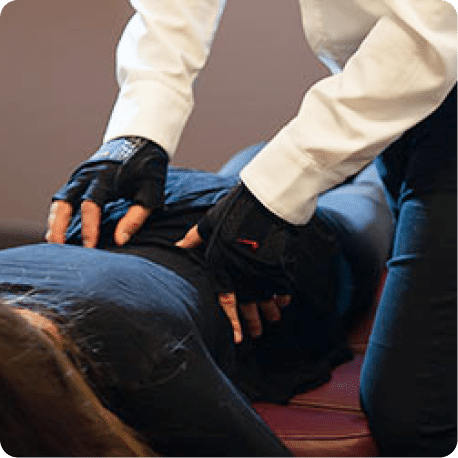Are you curious about cardio? Cardio (short for cardiovascular) is a type of exercise that elevates your heart rate and oxygen intake.
Benefits of Cardio
- Weight loss/management
- Increased endurance
- Immune system support
- Prevention and/or management of certain chronic conditions
- Supports heart health
Cardio is also reported to have mental health benefits. One study found 30 minutes of moderate intensity exercise three times a week decreases anxiety and depression and may also help your mood and self-esteem. Both walking and running are ways you can achieve these benefits and perhaps support some fitness goals for 2020. But which one is better?
If losing weight quickly is your goal, running is the clear choice. A nice run doubles the number of calories burnt that walking does. If walking is more your speed (pun intended), it can also help you with weight management, although you will have to walk double the distance/time to burn the same number of calories. For those with joint issues, heart conditions, or healing injuries, running may be a little too advanced and walking would be indicated. Good news! There are options when it comes to walking.
Different Types of Walking: Speed, Power, and Interval
Maybe you’ve seen folks in your neighborhood or the mall “speed walking”. Speed walking is walking at a brisk pace, usually 3 mph or greater. This pace raises your heart rate and helps you burn more calories than regular walking one would do to get to the mailbox or in the halls at work.
Power walking ranges in speeds from 3 mph to 5 mph, although some may attain speeds of up to 10 mph. This style burns a similar number of calories as running. If you can maintain 4.5 mph walking speed for one hour, that would burn the same as jogging at 4.5 mph for the same amount of time.
Consider interval training if you feel unsure about maintaining a constant speed for an extended period.
- Begin every workout with a 5-minute warm-up. Start with an easy pace and gradually work up to a moderate walking pace. If you monitor your steps per minute, a moderate pace might be roughly 100 steps per minute. When you are walking at a moderate pace you should be breathing deeply but comfortably.
Walking Progressions
If you find the idea of increasing your speed or distance intimidating, there are other methods to help you hit your caloric and fitness goals. You can walk with a weighted vest, just be sure to wear one no more than 5 to 10 percent of your body weight. Walking with ankle weights or dumbbells is another option. Walking uphill can burn more than cruising on flat surfaces. Look for a hilly area nearby or walk on an incline on the treadmill. Increase the incline by 5, 10, or 15 percent at a time to practice incline walking. If you’re new to incline walking, gradually work up to a 15 percent incline.
Running
If you need a faster paced cardio experience than speed or power walking than provide, running can be a great way to get in shape and lose weight. It is a high-impact exercise, which can be harder on your body than low-impact exercises like walking or swimming. Here are some of the common overuse injuries than can be sustained from running:
Runners have a 20 to 70 percent risk for exercise-related injury, while their walking counterparts have a 1 to 5 percent injury risk. Here are some ways to help minimize the chance of injury if running is a part of your routine:
- Don’t increase your mileage too quickly
- Cross-train several times a week
- Try walking instead
- Warm up before and be sure to cool down/stretch after
Summary
If you want to run or walk year round and are daunted by rain and snow, you have plenty of options. Treadmills, malls, gyms or indoor athletic tracks are all options for getting your legs moving. People often have more success with consistent exercise if they have a workout partner. Whether you decide on walking or running, aim to get at least 150 minutes of moderate cardio exercise each week for optimal health and well being. Always check with your doctor before beginning a new cardio-based exercise routine, especially if you have any heart conditions. If you experience any fitness related injuries and need relief, contact our clinic to schedule a massage, chiropractic adjustment, or physical therapy session or consult.





